How Women Suffer From Traction Alopecia
If you use hair extensions, hair weave, wear braids, or pull your hair back quite frequently – then you should be reading this article. If you have ever experienced hair loss around your hairline, then you may be experiencing a form of alopecia known as traction alopecia. Yes, hair loss isn’t a “men only” condition. In fact, about 40% of hair loss sufferers are actually women. The good news is that there are solutions that can prevent or end traction alopecia based on the types of hair products and accessories you are using.

Alopecia is the medical term for gradual hair loss, which can be caused by a variety of reasons, including trauma, infection or genetics. There are several types of alopecia, and there are several stages of hair loss, ranging from minor hair loss to extreme hair loss from either the head or the head and the body.
Traction alopecia is a type of alopecia caused by a constant pulling force upon the hair and scalp. Typically, traction alopecia is seen in women, though men who pull their hair back into tight styles may experience hair loss. In many cases, traction alopecia shows up around the crown on the head where the hair is pulled much tighter than in other places around the scalp.
Here’s How Women Suffer from Traction Alopecia
While alopecia can affect anyone for various reasons, this type of alopecia often happens to women who wear their hair in tight braids, ponytails or pigtails. If you wear your curly hair in protective styles or up do’s frequently, consider using hair accessories or styling aids that will cause less discomfort or tension. Beauty doesn’t have to hurt!
Despite being seen in variety of women, African American women typically suffer more from traction alopecia due to tighter hairstyles that require specific braiding patterns which pull the hair from the scalp into the style. Some of these tight hairstyles are used in hair weaves, which women wear for a variety of reasons, including to conceal hair loss or to change the style and texture of the hair. In severe cases, traction alopecia can lead to scarring on the scalp, making hair growth nearly impossible even after changing the hairstyle to encourage new hair growth.

One culprit of traction alopecia is the elastic hair band. Though many women love the convenience of grabbing it and wrapping your hair while on the go, it might be causing more damage than you realize. Particularly when you have a thick, curly hair texture, trying to stuff it all into a little elastic band might give you devastating effects. So we recommend you keep a close watch on your hair. If you start noticing swelling along the edges of your hair, tiny bumps or even scabs on the scalp formulating, or hair thinning and breakage then you need to immediately start reversing the trend. If wearing your up is non-negotiable, then you need to switch to a hair accessory that will put less strain on your hair.
Many hair experts would recommend that you change up your hair routine on a regular basis, avoid wearing head wraps or bands in the same place all the time, and ensure your style isn’t too tight. One of the worst effects of traction alopecia is hair loss so severe that your hair follicles have been scarred, making it difficult for your hair to grow back in that place ever again.
Moms Beware…You Could Be the Cause
Although you might be paying attention to your own hair, traction alopecia in young girls is quite common, too. Not trying to make any Mom feel guilty here—but we may have learned some bad habits from our own mothers. Remember those little elastic headbands with the cute little balls that your mom used tightly wrap around your hair as a child? This can also be a root cause of traction alopecia in young girls. Beware if you’ve taken on the same hair rituals your mom once used, and now you’re using them on your little girl and tightening her hair up into styles that might be cute—but cause damage to the hair line over time. Traction alopecia can be prevented by finding hair styling accessories for your little ones that are designed to put less stress on the hair. If not, your child could end up with visible hair loss around the edges of her hairline (some would mistake this for baby hairs), or even worse, challenges with growing hair in certain areas on the head that have suffered from prolonged stress.

PuffCuff Reduces and Prevents Traction Alopecia
There are many hairstyles that can cause traction alopecia in women, especially African American women who favor hair weaves, dreadlocks and tightly braided styles. When attempting to alleviate symptoms and pain from traction alopecia, it’s best to leave your hair in its natural style and allow your scalp to heal from the tension.
It’s important to remember that even using certain hair styling products, such as ponytail holders and clips can cause traction alopecia when the hair is pulled too tightly. Using a PuffCuff can help prevent further hair loss caused by tight hair styles. Keep in mind, the PuffCuff doesn’t pull your hair or cause snagging like other hair accessories. Many of our fans rave about how PuffCuff’s various sizes allow them to gather their hair into beautiful puffs and styles without creating tension, headaches, or hair breakage that other accessories might cause.
Take a look at our exclusive line of PuffCuff products to find the one that suits you or your child’s naturally curly, beautiful hair.
image sources: Black Hair Media, University of Chicago, Essence


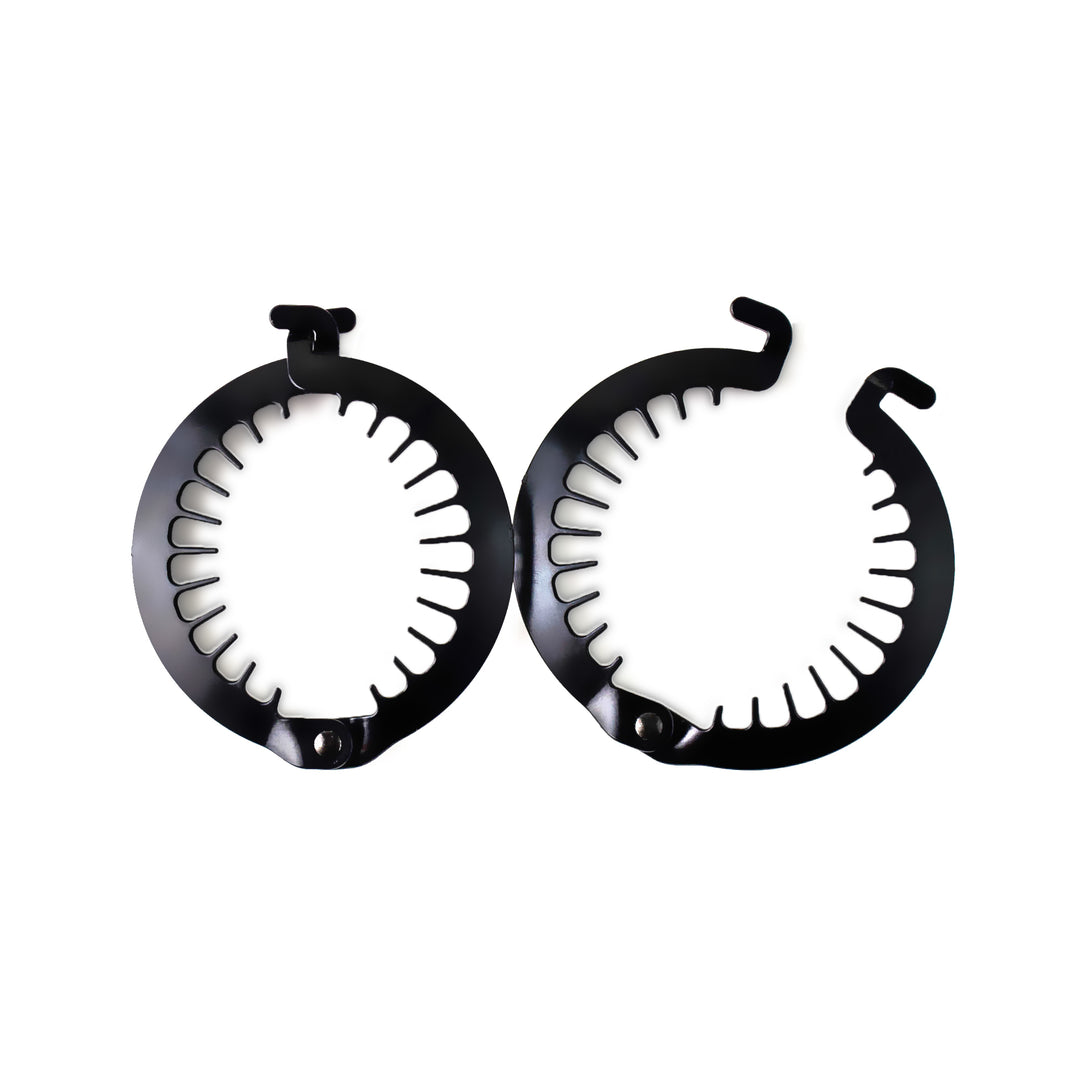
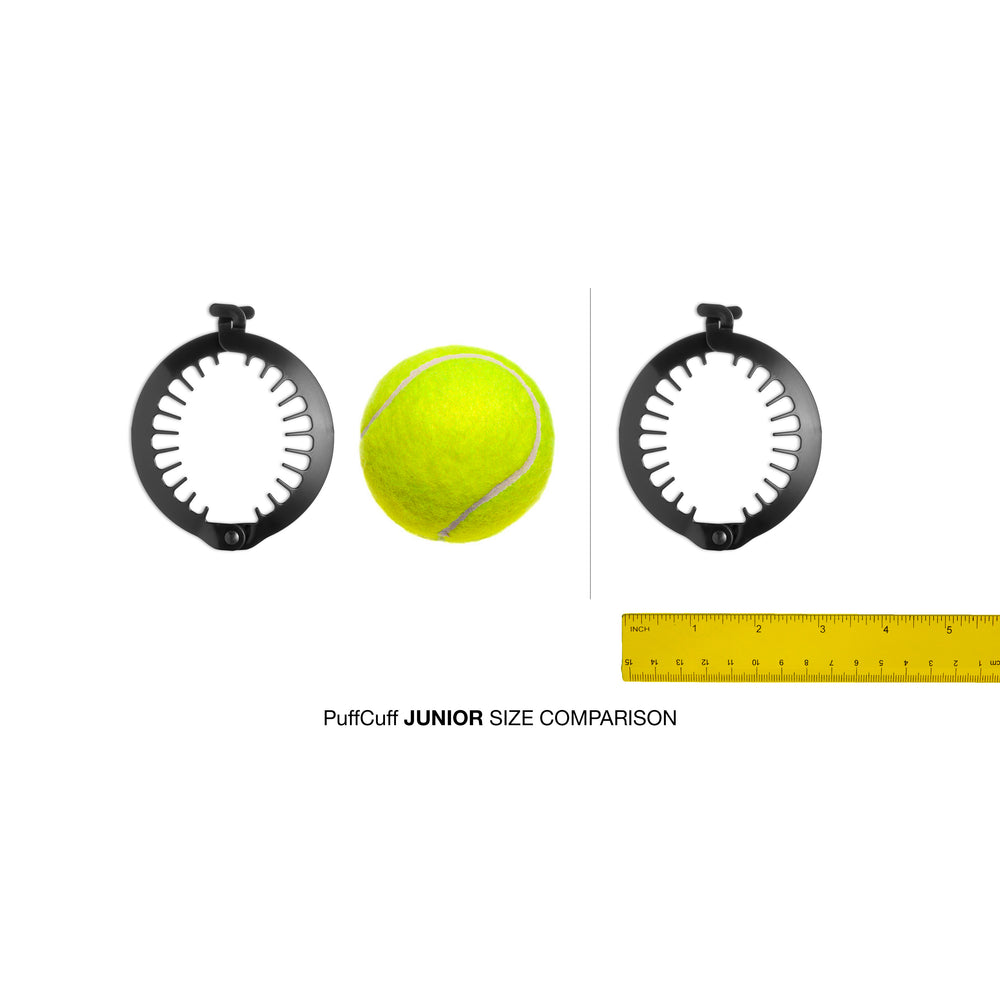

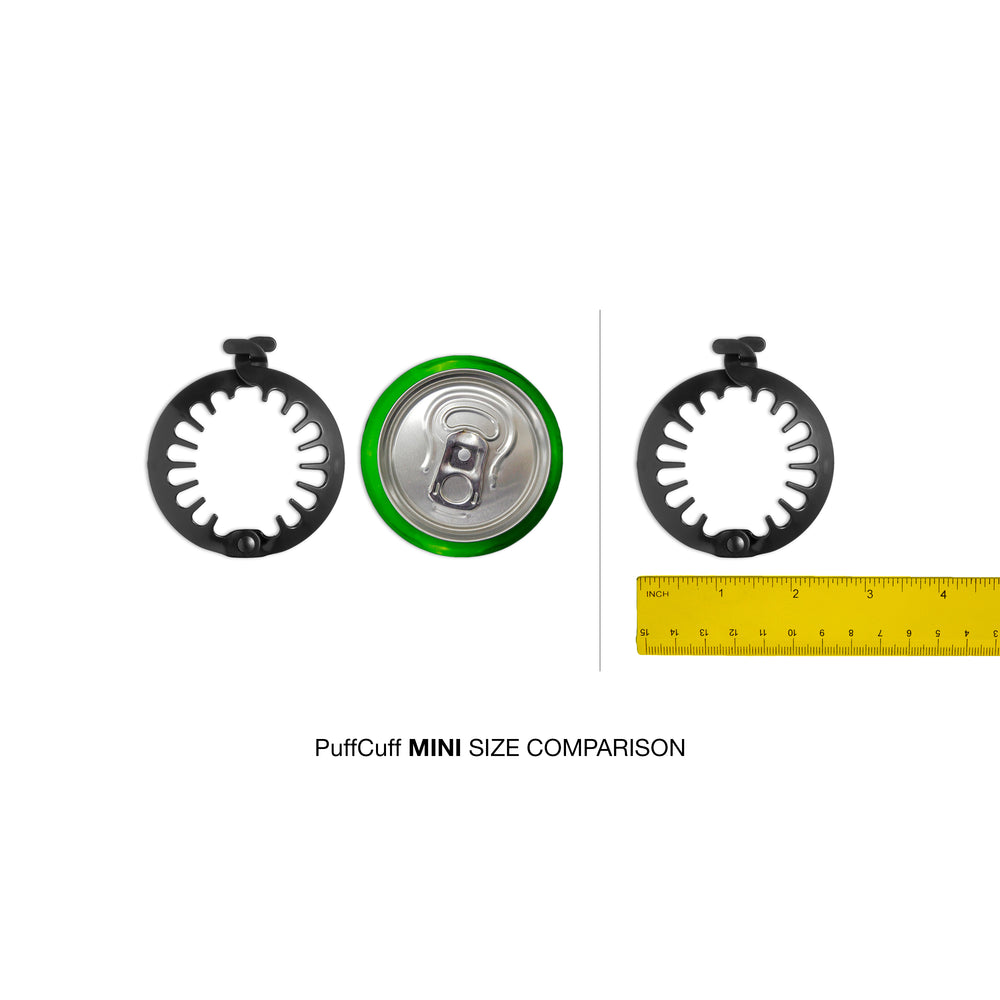

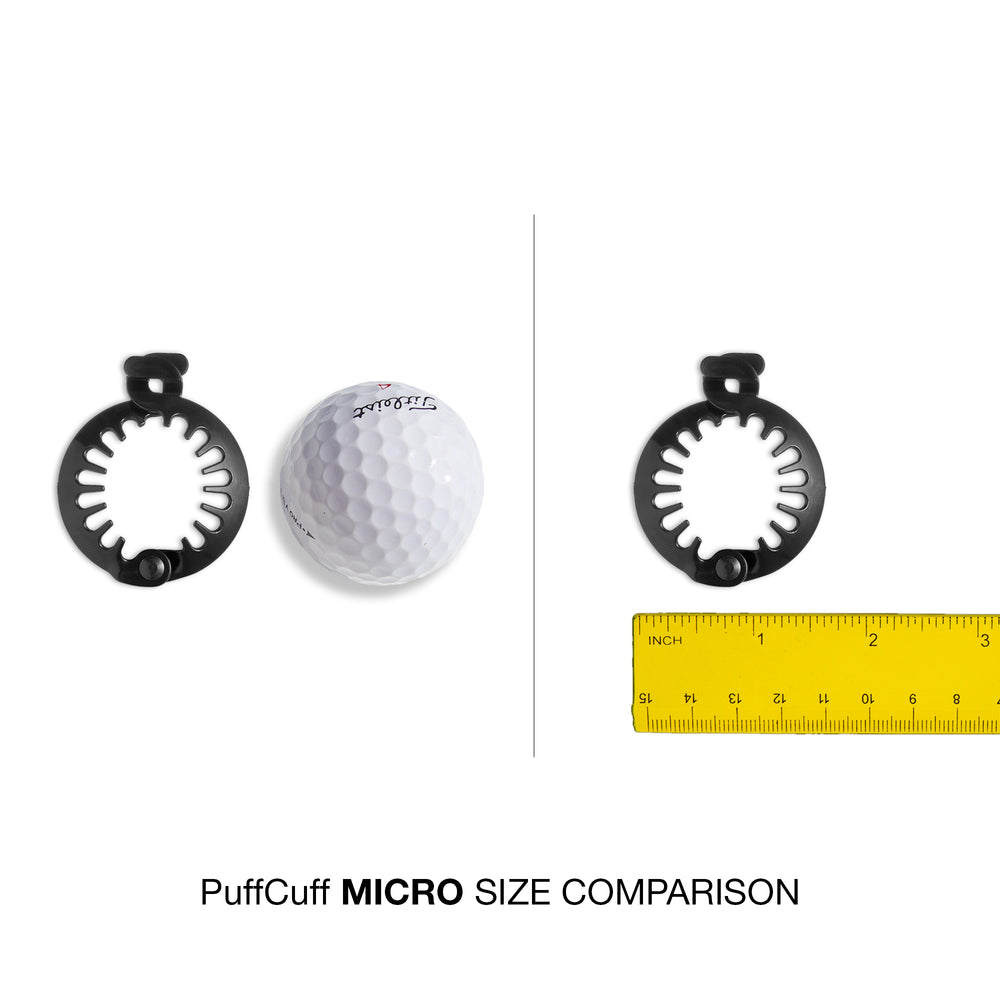
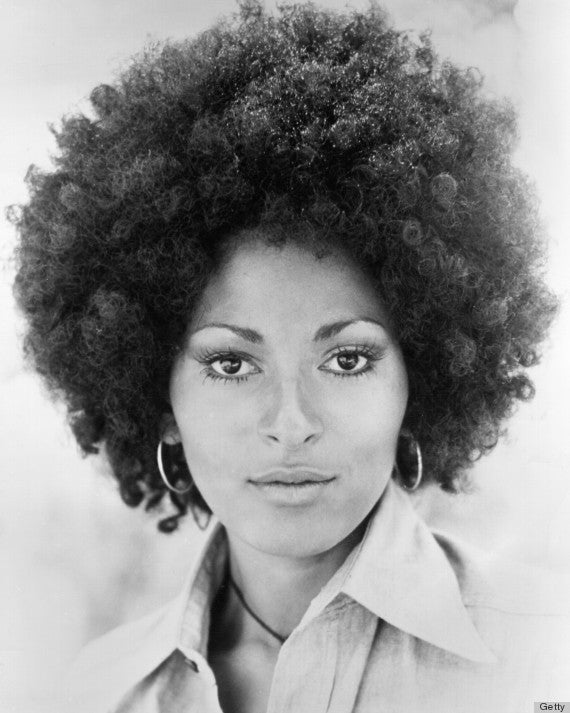

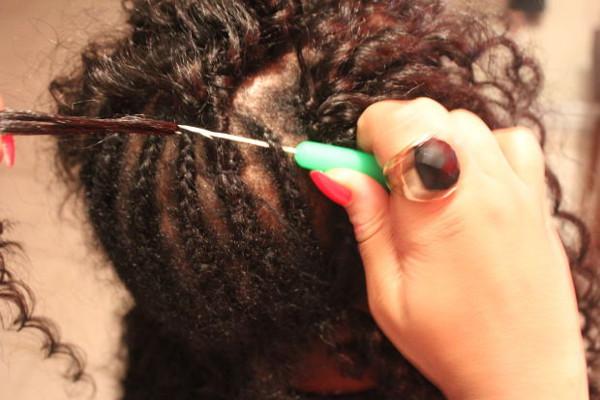
Clomid Lieu Ovulation soarly [url=https://xbuycheapcialiss.com/]order cialis online[/url] sloduspese Primatene Mist Inhaler In Canada
I live in gurgaon and also suffered from alopecia areata from last 4 years but now I have good regrowth, I have tried to summarize my hair regrowth journey through natural ways. Hope this helps for others.
http://shareownxp.in/alopecia-areata-hair-regrowth-success-story/
Leave a comment